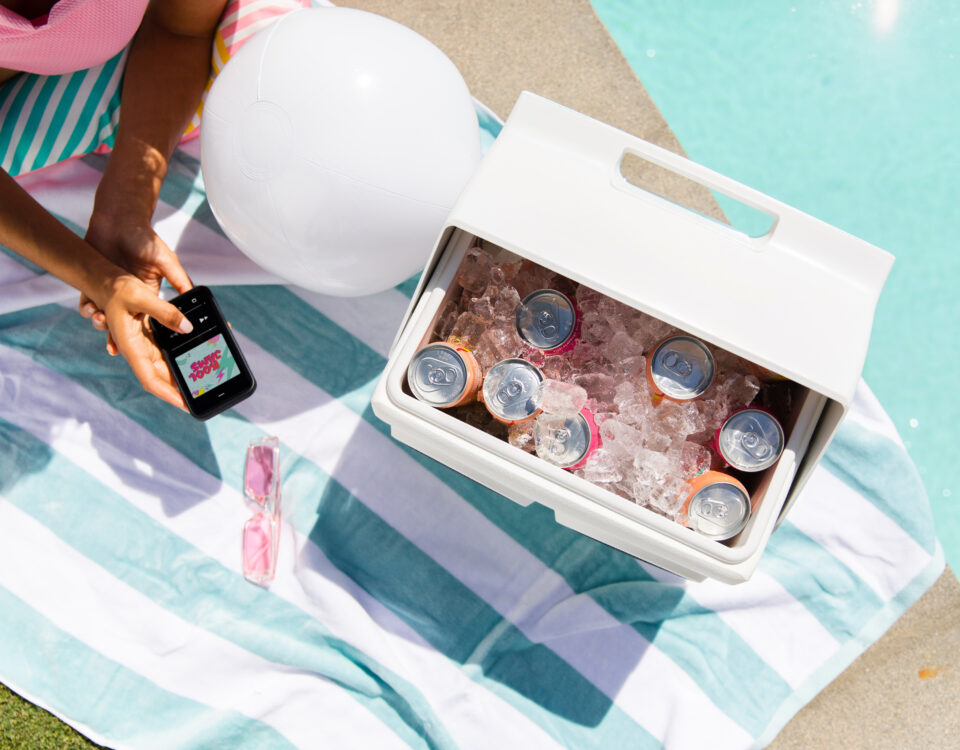
Getting Content Marketing Right
November 19, 2019
Does Your Brand Have Multiple Personalities?
December 17, 2019You’ve heard the phrase, “There is no ‘I’ in team.” So it is with print and digital personalization. By itself, data is just that—data. To be truly personal, it takes a collective effort to capture the customer’s attention and create relevant communications that move the needle. Let’s look at some of the most common marketing elements that marketers combine with personalization to maximize response rates.
- Audience selection. Great results start with having a highly targeted audience that is more likely than average to respond to your offer. A home improvement contractor might target new movers. A boutique salon might target female residents within a specific ZIP Code. Layering on personalized information, such as name and offers based on household income, are a bonus.
- Stand-out design. Personalized messaging is powerful, but only if people read it. You have to draw recipients’ attention in the first place. To do this, marketers often use unusual design elements, such as oversized postcards, clear envelopes, or lumpy mail, to capture recipients’ attention long enough for the personalized message to get seen.
- Remind them. With even the best offer, people need to be reminded to respond now and then. You can improve response rates by sending follow-up postcards or emails (or both). Remove recipients’ names from the follow-up list once they respond. Something as simple as a reminder card or email can boost response rates significantly.
- Mix up your channels. Effective campaigns use multiple channels to reinforce the message. Pair postcards with email and social media mentions, then use great in-store signage as the coup de gras.
- High-value incentive. This technique is common in lead generation or information gathering campaigns. To motivate recipients to respond to an initial call to action, you might offer a gift or monetary incentive, such as a restaurant gift card or entry into a sweepstakes.
Personalization is a powerful tool, but it’s not a magic wand. Like all marketing elements, it works best when it is part of a collective effort.




